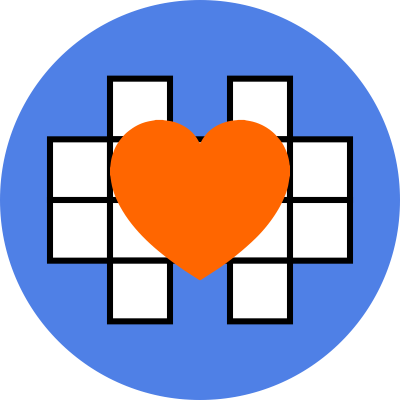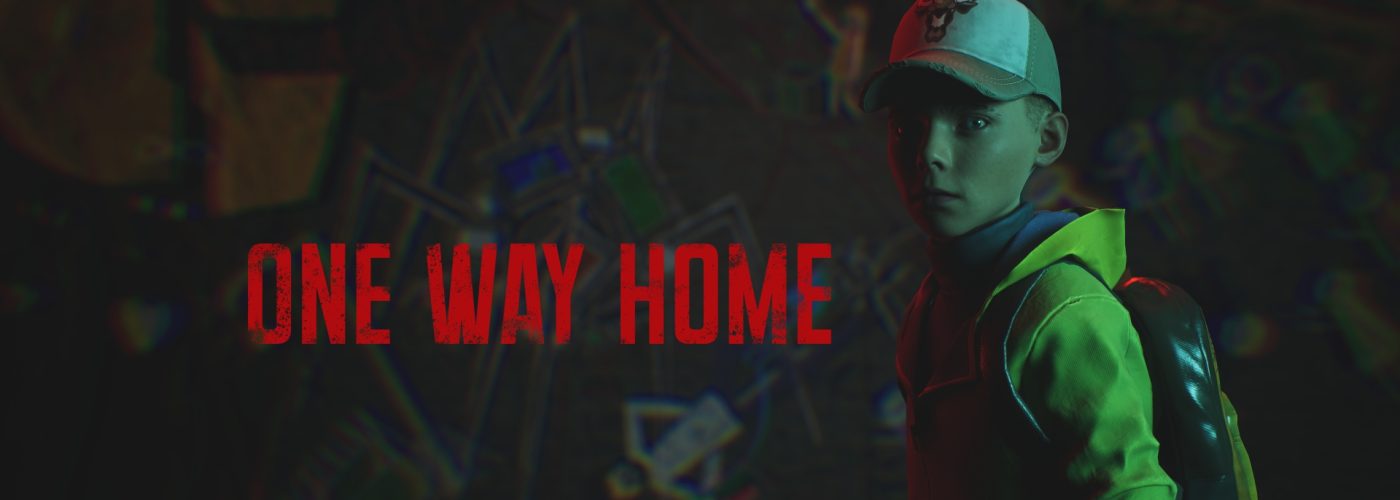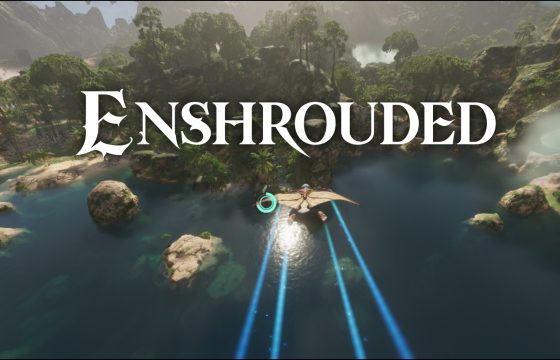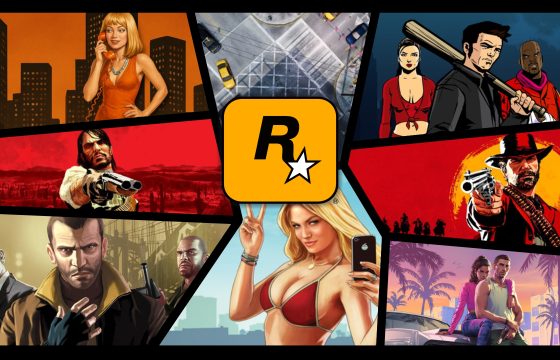CYBERHEAD’s new psychological horror turns a child’s fear of getting lost into a dreamlike journey through trauma, transformation, and unsettling truths
What could be more terrifying for a child than getting lost and not finding the way home? One Way Home, the new horror puzzle-platformer from indie studio CYBERHEAD, transforms this question into a dark, disturbing, and deeply emotional journey.
The story follows Jimmy Taylor, a twelve-year-old boy who, on his way back from school, gets caught in a mysterious car accident. When he opens his eyes, nothing feels familiar anymore. The landscape vaguely resembles his hometown, but it’s drenched in an eerie silence. Police cars flash their lights in the distance, but no one sits behind the wheel. Every corner oozes a sense of unease, as if the world itself has shifted into something deeply wrong.
A Familiar World, Distorted Beyond Recognition
Jimmy wakes up injured and disoriented. The streets look like home, yet they feel hollow—silent and abandoned, like a waking nightmare. Police cruisers block the roads with their lights still flashing, but there’s no one around. No pedestrians, no help, just barricades and signs pointing nowhere. Jimmy quickly realizes he’s on his own.
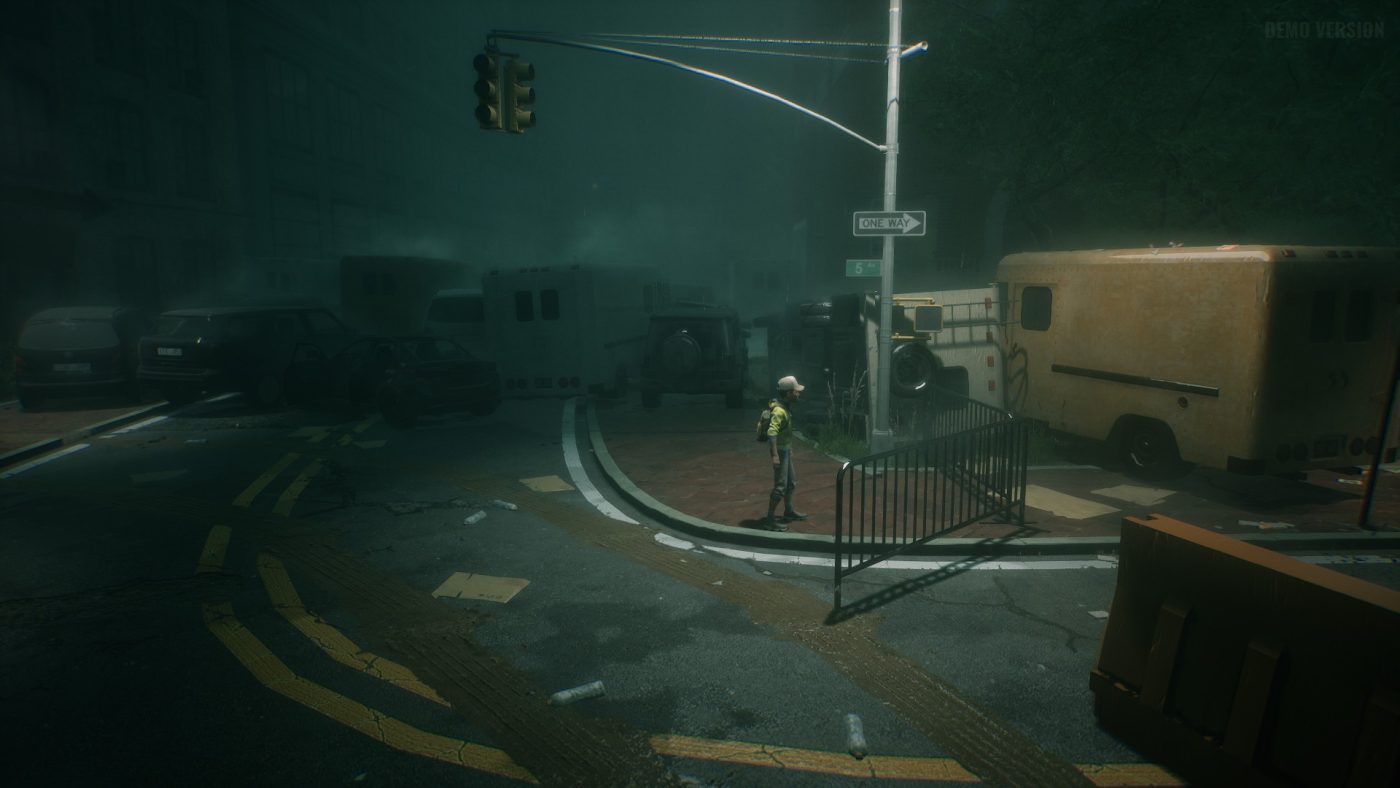
There’s only one way forward: the road that leads home. Determined, Jimmy sets off, solving puzzles and overcoming obstacles that stand in his path.
No one offers explanations—just fragmented clues scattered along the way: out-of-place objects, empty buildings, and haunting presences. In this disorienting world, players guide Jimmy on a journey that’s as physical as it is symbolic, navigating environmental puzzles, physical barriers, and terrifying encounters.
Multiple Paths, Unique Experiences
One Way Home features a deeply branching narrative. Players’ choices shape not only the story’s progression but also Jimmy’s abilities and the world around him. The game offers four different endings, each tied to the path chosen during the journey.
Jimmy can follow one of three distinct archetypes:
The Sage – Focused on intuition, intelligence, and reflection. This path sharpens Jimmy’s skills in solving the game’s most complex puzzles.
The Innocent – Symbolizing vulnerability and hope, this is the central and most fragile route. The player’s moral decisions play a crucial role here.
The Explorer – Driven by curiosity, discovery, and movement. Jimmy becomes more agile, opening new paths and navigating hostile environments.
These paths are visually represented through chalk-drawn illustrations in a school notebook style, giving players clues about the kind of journey ahead and how Jimmy will evolve.
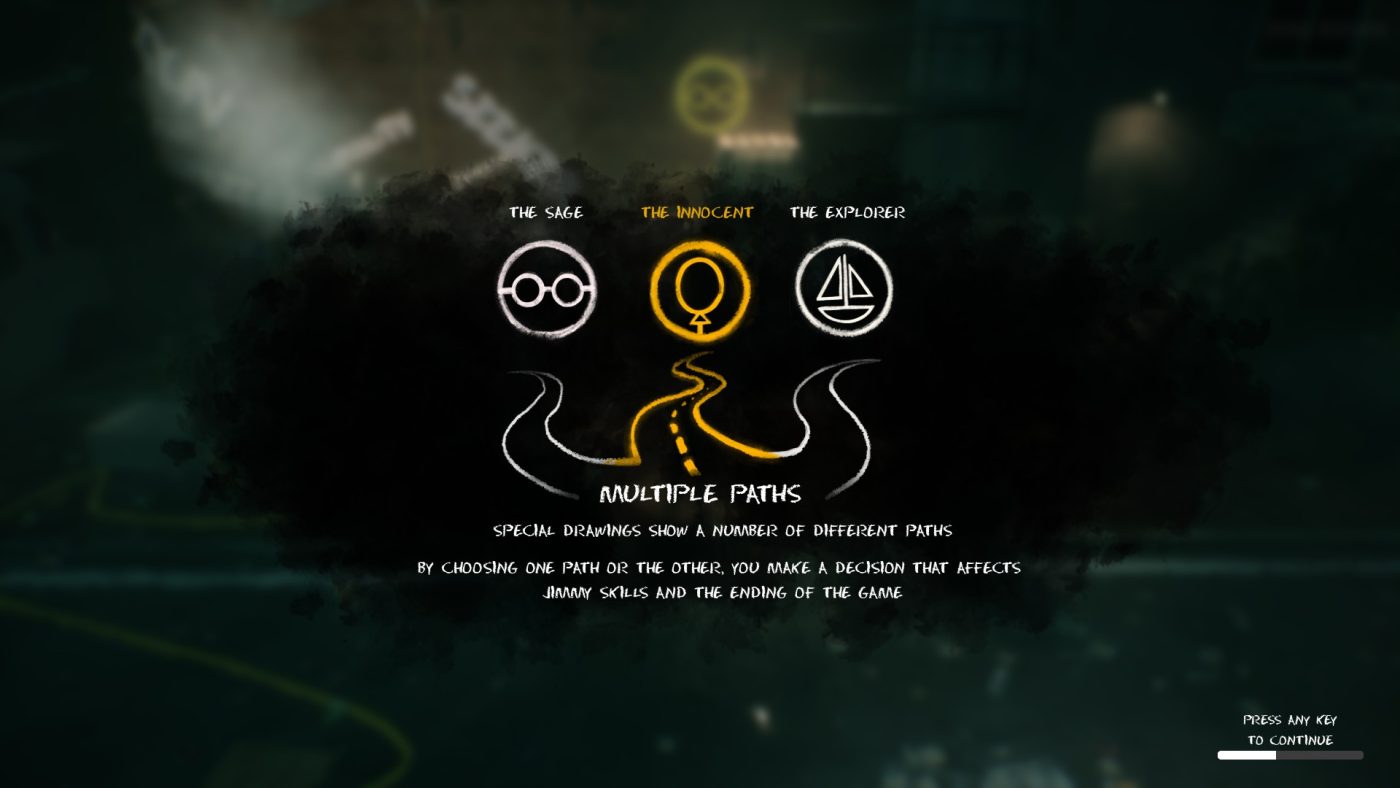
Crayon Story: When Drawings Reveal Uncomfortable Truths
One of the game’s most original narrative devices is the Crayon Story system. As players explore the world, they find animated pastel sketches that reveal information about the setting, its inhabitants, and Jimmy’s personal history. While the drawings resemble childish doodles, they convey disturbing, deeply emotional events.
Piecing together the full Crayon Story becomes one of the game’s most rewarding and meaningful challenges—an innovative way to blend exploration with environmental storytelling.
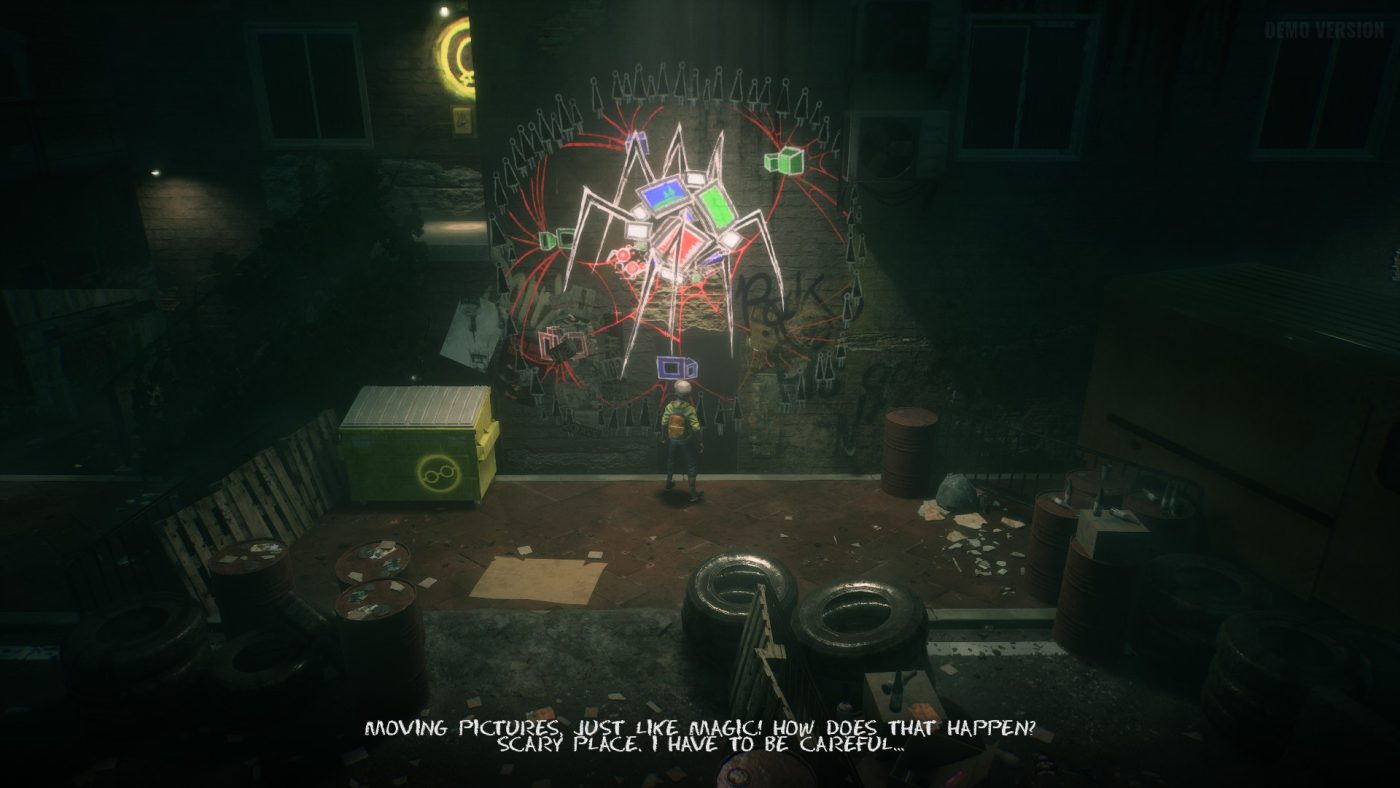
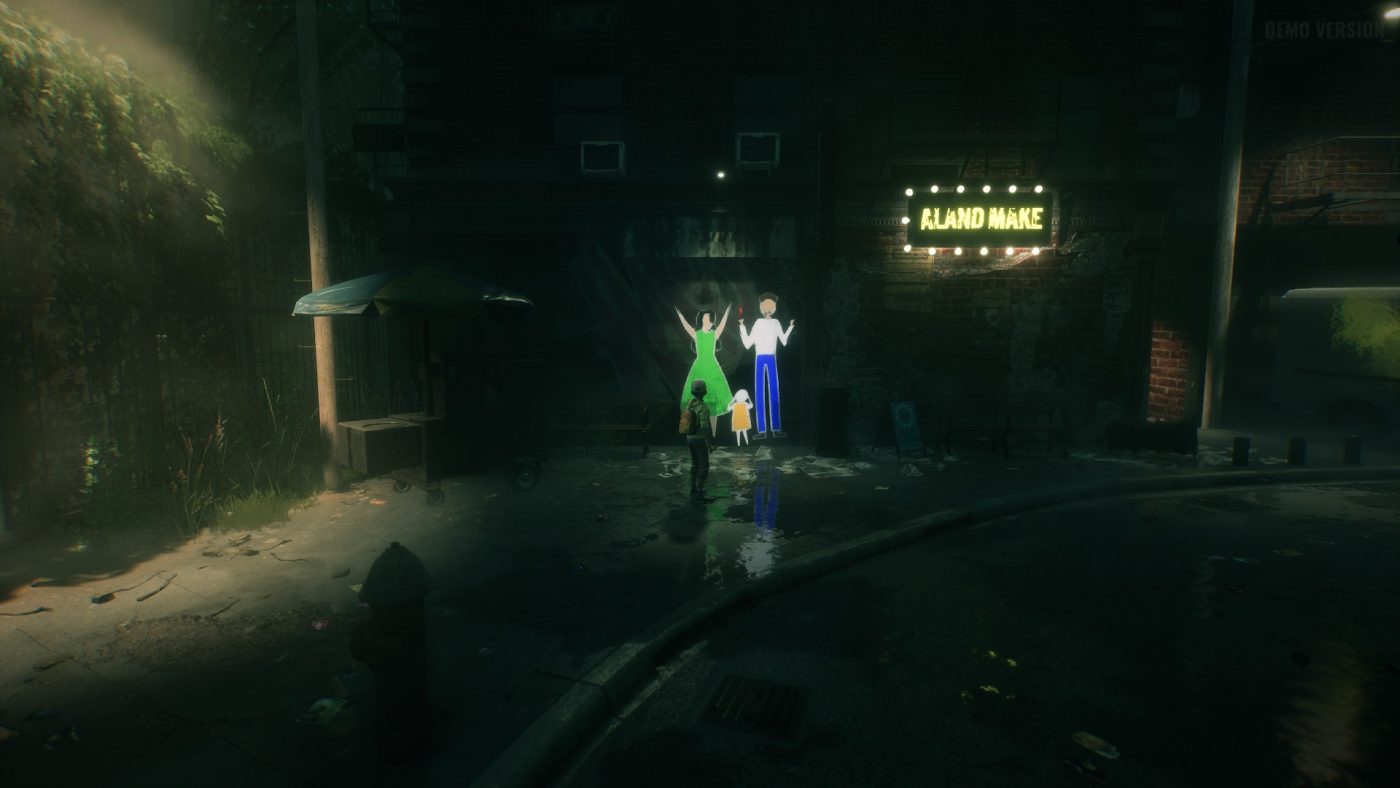
A Mysterious, Shape-Shifting Ally
Despite the overwhelming loneliness, Jimmy isn’t entirely alone. One of the most intriguing mechanics—partially revealed in the demo—involves a shapeshifting companion. This enigmatic creature can transform into useful objects, like a ladder or a wardrobe, helping Jimmy solve puzzles and confront threats. The concept hints at evolving gameplay and narrative possibilities as the story unfolds.
Demo and Technical Details
A free demo is now available, offering around 40–50 minutes of gameplay. It introduces the game’s visual identity, narrative tone, and core mechanics. Built in Unreal Engine 5.4, One Way Home already supports the Steam Deck and Xbox controllers, with PlayStation controller support coming soon.
The full game is expected in 2026 and will launch on PC, PlayStation, Xbox, Nintendo Switch, and Steam Deck. It will be localized into more than 15 languages, including Italian. The full experience is projected to last between 8 and 14 hours, depending on player choices and exploration.
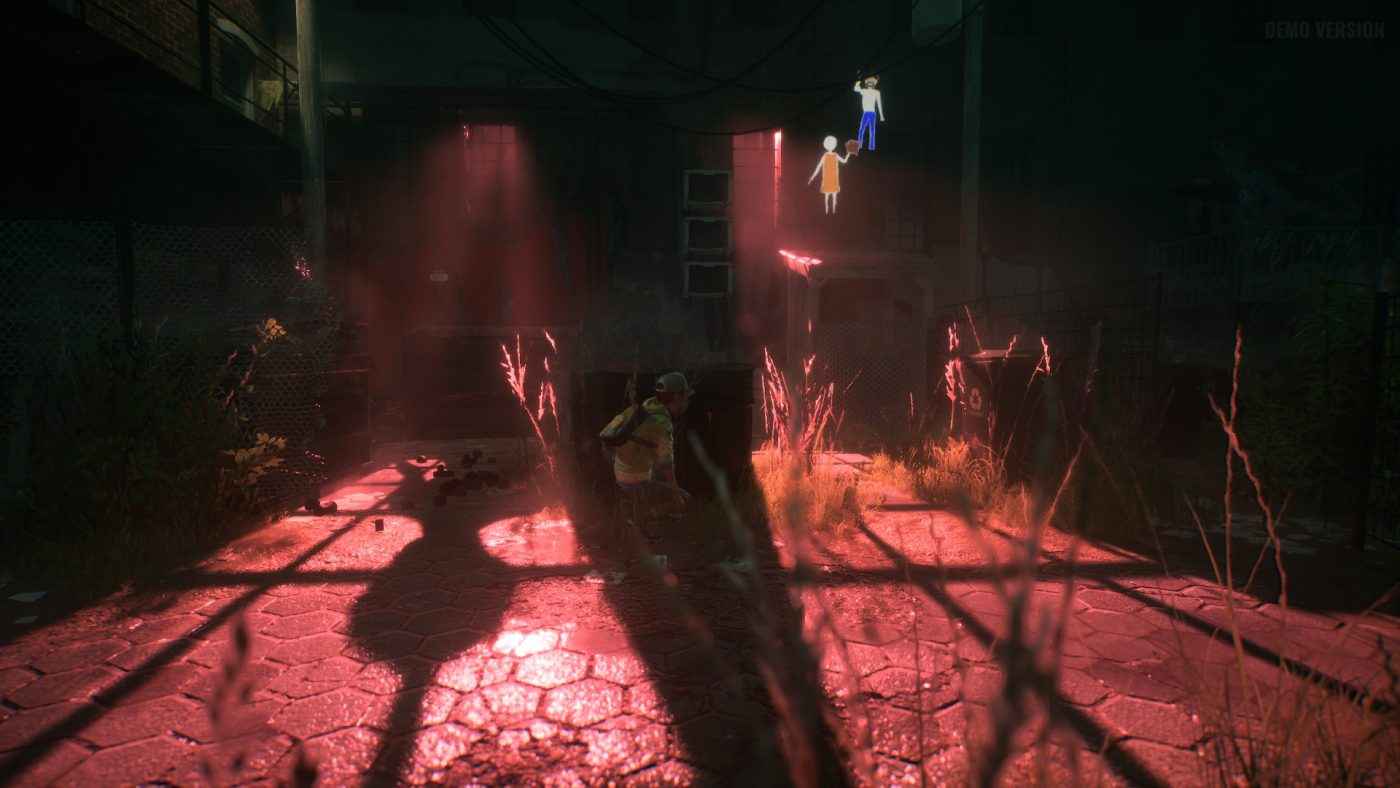
A Small Team with Global Experience
CYBERHEAD, the studio behind One Way Home, consists of just seven members. Despite their size, the team brings impressive experience to the table. They’ve contributed to projects for companies such as Disney, MatchCraft, Helheim, Big Boss Startup Tycoon, War Robots, World of Tanks, and Survival Among Zombies.
At the creative core is Klyuev Rodion, who leads direction, game design, level design, art direction, and cinematics. His team includes:
Sofia Krukova, co-game designer and concept team member
Aleksandr Kravchun, narrative designer
Ivan Chechenev, programmer and co-cinematic author
Sergey Vorobyov, lead 3D and character artist
Dmitriy Sushii, animation lead
Aleksandr Shakhov, sound designer
Together, this tight-knit and versatile group proves that it’s possible to build a rich, complex experience without the backing of a major studio.
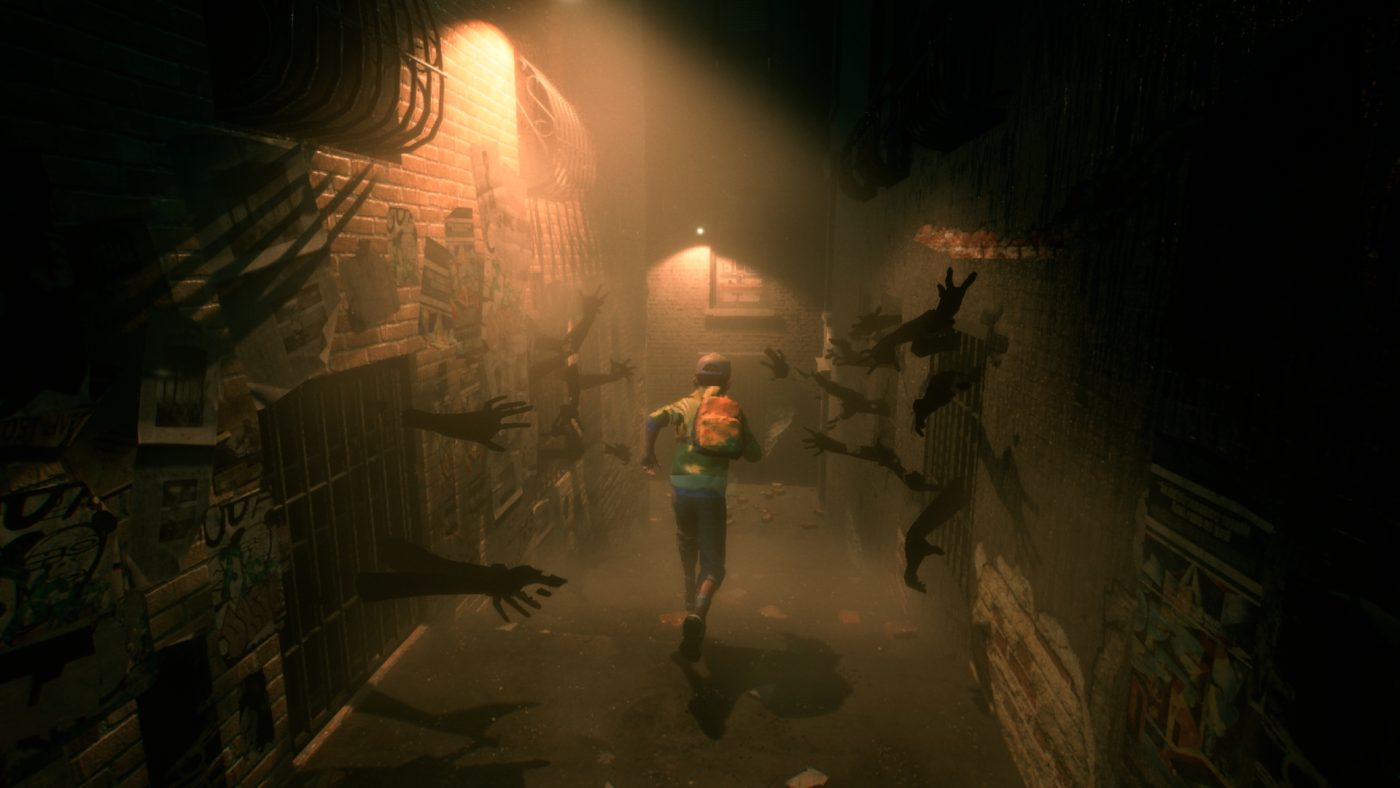
Conclusion
One Way Home masterfully blends emotional storytelling, unique visual style, and meaningful player choices to create a standout indie horror experience. The game taps into primal childhood fears—getting lost, being forgotten, facing the unknown alone—and transforms them into an interactive metaphor for growth and trauma.
The comparison with Playdead’s titles—Limbo and Inside—feels inevitable. Not only because of the young, vulnerable protagonist who learns to survive through resourcefulness, but also due to the atmosphere. The settings may differ, yet the overall mood remains strikingly familiar.
While the demo reveals little in terms of storytelling, One Way Home already stands out as one of the most promising indie projects of 2026, thanks to its inspired art direction, layered narrative, and gameplay rich in variation.

Here are some useful links:
